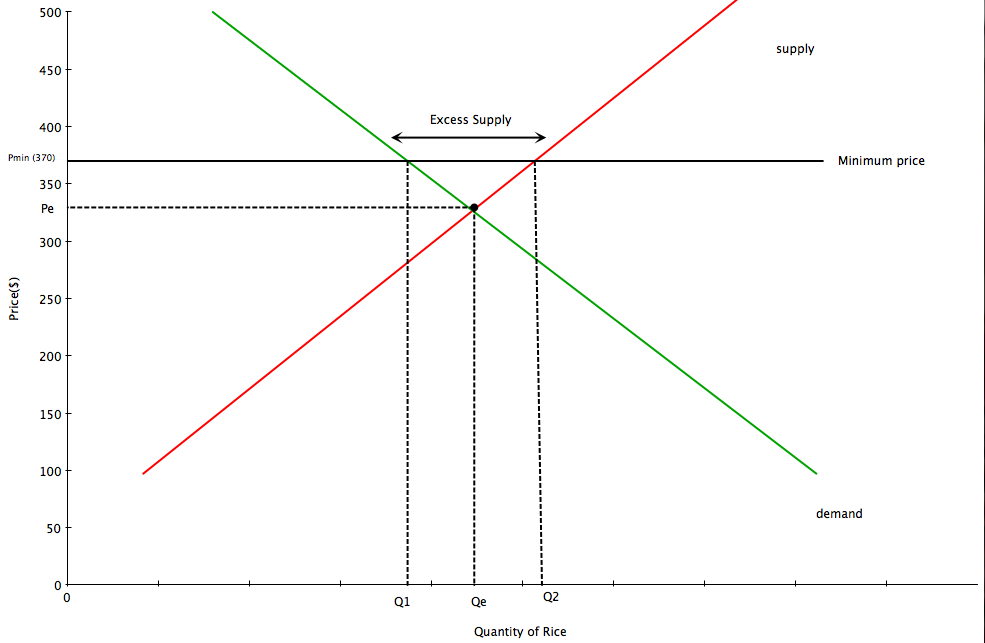Ignore the market stabilize your income
Post on: 22 Апрель, 2015 No Comment

JohnGerard Lewis
For most of the spring and summer, my favorite portfolio for older baby boomers blossomed with the new season’s flowers. But then, in turn, it faded somewhat with the late-summer drought.
In mid-June, my Stable High Yield model was beating the S&P 500 Index by 14%. based on the 11-month history of the portfolio.
As of Sept. 18, that spread had decreased to 8% thanks to the recent stock market rally. Indeed, over the past 90 days, the S&P 500 has risen by 7.6% while my model has increased by 4.2% .
Is this cause for concern? Well yes, but only if you ignore the respective inherent risks and believe that the rally is a mere slice of a sustained bull market to come. Let’s address the latter question first.
Whether a secular or even cyclical bull market is under way is a fundamental premise for an individual’s portfolio design. I don’t happen to think it is, at least in the historical 10%-average-annual-return respect, nor should returns in that area be expected over at least the next several years.
If we accept that assumption, the matter of the first question — comparative risk — becomes paramount. How much risk should an older baby boomer take in order to achieve an acceptable return?
Well, we have to start somewhere, so let’s begin with the earlier discredited prospect of getting 10% returns with normal stock market risk. If we believe that it can’t any longer be done in the stock market alone, is there any other way, without incurring unacceptable risk?
Last July, I determined that there was, and I continue to believe that there is. I designed the Stable High Yield model to achieve a return that, even during extended flat or down markets, approximates the average annual historical return of stocks.
Is the model succeeding in its mission?
By some measures, it has slightly trailed the overall stock market during select periods over the past year. But keep in mind that the Stable High Yield model isn’t designed to keep pace with the market’s gyrations.
In fact, it is designed to ignore the market’s gyrations. It is designed to deliver performance that over time approximates the market’s historical — but not concurrent — average annual return.
Therefore, during finite periods when the market far exceeds its historical average annual return, the model will likely trail the market. This is because the components of the portfolio are intrinsically not bull-market participants.
Forty-five percent of the portfolio consists of high-yielding agency mortgage real-estate investment trusts, including American Capital Agency AGNC, +0.57% CYS Investments CYS, +0.34% and Annaly Capital Management NLY, +0.86% and nearly 40% is in near cash equivalents, i.e. very short-term bonds. Thus, when the bull runs, our model is going to lag, and that’s what is happening now.

But neither, theoretically, are these components bear-market participants. Being stable means not running with the bulls, but it also means not slumbering with the bears. Indeed, in a down market our model’s components would notionally remain relatively stable, but still throw off returns that continue to approximate the market’s historical return.
The model’s mission is thus to avoid the ups and downs of the overall stock market while returning the historical stock market return. And although the model has trailed the market a bit over selected periods, it has nonetheless returned 14.5% since its inception date of July 11, 2011 vs. 6.5% for the S&P 500 (through Sept. 18).
Furthermore, it has achieved this performance with a beta coefficient of 0.24, meaning that it is 76% less volatile than the market. By almost every investor, that’s an acceptable level of risk.
We therefore, do believe the model is thus far successful. If it continues to succeed, it will have rendered 3-month, 6-month and latest 12-month return comparisons irrelevant to its purpose.
The stock market will always jump around indiscriminately during any confined and arbitrary measurement period (what, really, is meaningful about year-to-date performance, anyway?), but if an investor can, at any given time, cash out with an historical market-average return, then the model will have succeeded for that investor.
This commentary does not constitute individualized investment advice. The opinions offered herein are not personalized recommendations to buy, sell or hold securities. All performance measurements are current as of Sept. 18, 2012.
John Gerard Lewis owns long positions in AGNC, CYS and NLY.














